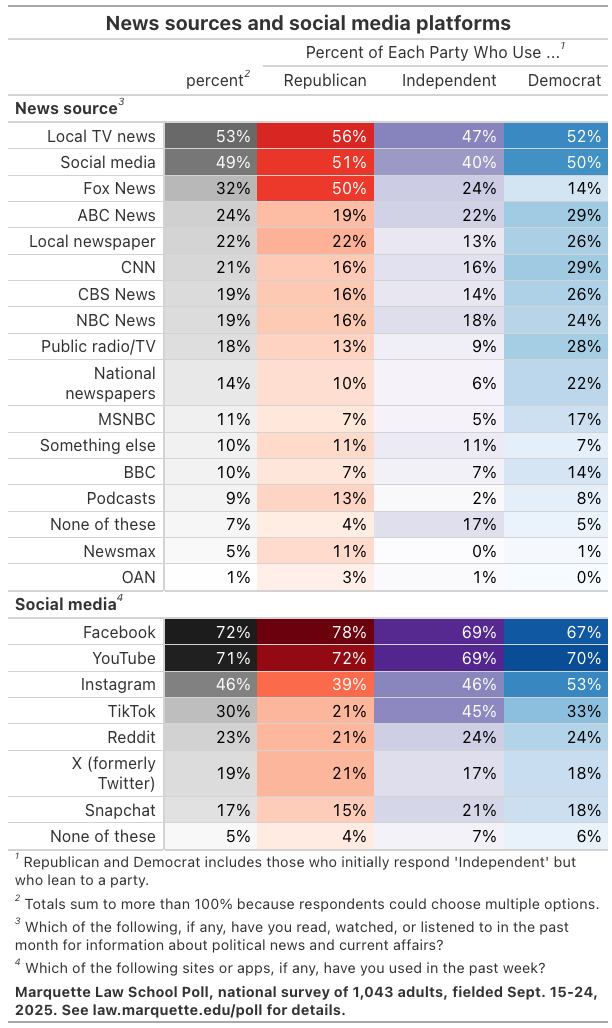Part II: Giorgio Armani’s Fashion Heritage and Cultural Heritage Preservation
The first part of this post reflected on what we can learn about managing fashion legacies from Mr. Armani’s choices shortly before his death. It explored how the Spring/Summer 2026 Armani fashion show indicated Mr. Armani’s control of his fashion heritage alongside of and beyond the Armani brand’s intellectual property rights in the fashion he created. In this second post, I spotlight how Mr. Armani’s decision to display his fashion creations in the Pinacoteca di Brera and in other museum venues was part of a strategy to bypass Italian cultural heritage law’s protectionist ethos, offering the designer and his brand control over the cultural narrative surrounding Armani fashion for the future.
Mr. Armani clearly had safeguarding his fashion legacy in mind over the past few years as he prepared for his brand’s 50th anniversary. As Mr. Armani stated in his last interview, “If what I created 50 years ago is still appreciated by an audience that wasn’t even born at the time, this is the ultimate reward.” Outside of a for-profit fashion industry market that might appreciate Mr. Armani’s fashion as must-have vintage pieces, Mr. Armani’s fashion can be appreciated as part of our common cultural heritage.
Clothing, accessories, and other tangible and intangible products from brands’ pasts can be culturally important to members of the public. These objects can testify to specific moments in time, be historically important, or artistically relevant. The public for whom these objects are culturally important may include a brand’s consumers and more stakeholders within and outside the fashion industry. International and national laws tell us how to treat properties that are culturally important to us. We cannot, for example, destroy “immovable property of great importance to the cultural heritage of every people, such as monuments of architecture, art or history, whether religious or secular” during wartime, absent military necessity. Countries should return “antiquities more than one hundred years old” to other countries that have designated these antiquities as of historical importance. Countries also need to help communities within their borders to identify, document, research, and preserve languages, performing arts, and other social rituals and traditional craftsmanship that a community recognizes as part of its cultural heritage.
Some countries that are known as source nations, like Italy, provide national legal preservation mechanisms for movable and immovable properties, including monuments and antiquities that approximate or are even more stringent than the local preservation regulations we encounter in individual states in the U.S. Public or non-profit museum collections in Italy, like that of the Pinacoteca di Brera, for example, are automatically classified as cultural property under Article 10(2) of Italy’s Code of Cultural Property. This classification is accompanied by an almost perpetual obligation to preserve the collection’s individual tangible properties, through restoration and similar activities. But works of art and other objects of particularly important historic interest, including fashion objects, may also be declared to be cultural properties under Article 10(3) of Italy’s Code of Cultural Property if they are owned by private persons or other for-profit entities. A private individual or for profit corporation, like a fashion brand, may find they have an extensive duty to preserve an object or even an archive they inherit because of a cultural importance that is administratively recognized by the Italian State.
In the United States we primarily tend to define legal duties to preserve movable, tangible works of art based on museums’ institutional duties. While our National Historic Preservation Act applies to mostly immovable objects or movable objects with a strong connection to a place, and we do recognize the importance of archeological artifacts, museum guidelines, from the International Council of Museums’ Code of Ethics to the American Alliance of Museums’ Ethics, overwhelmingly offer the main best practices and customary norms for museums’ management of movable works of art. The classic comparative example that highlights legal differences between the U.S. as a market nation and Italy as a source nation considers the different options available to an art collector who buys a Da Vinci painting at auction in New York or in Milan. In Milan, the art collector could certainly not set fire to the Da Vinci after buying it, even if she wanted to. Italian cultural property law would make this a crime, even if the collector owned the Da Vinci herself. In New York, on the other hand, providing there are no contractual conditions attached to the Da Vinci as part of the sale, a collector could merrily take the Da Vinci home and burn it in her fireplace as her own personal property.
As cultural properties, including works of art, become more intangible and reproducible, the reasons to physically preserve works of art become tenuous. Justifications for preservation of a tangible cultural property may morph into an obsession with controlling the symbolic meanings of cultural properties. Italian museums’ control over the reproductions of tangible cultural properties in their collections, like Michelangelo’s David, for example, has come under scrutiny. This scrutiny is especially vibrant since the justification of preserving a tangible property may morph into a mutant copyright that potentially hampers projects that are themselves culturally relevant, albeit at a frontier of commercial and non-commercial endeavors. Why preserve one tangible object that appears in multiples? Why control the reproduction of a tangible object if an unregulated digital reproduction of it can support knowledge and appreciation of the object’s historic importance? Why preserve a tangible sketch by Mr. Armani when we can digitize the sketch and appreciate its cultural importance for fashion history from anywhere in the world?






